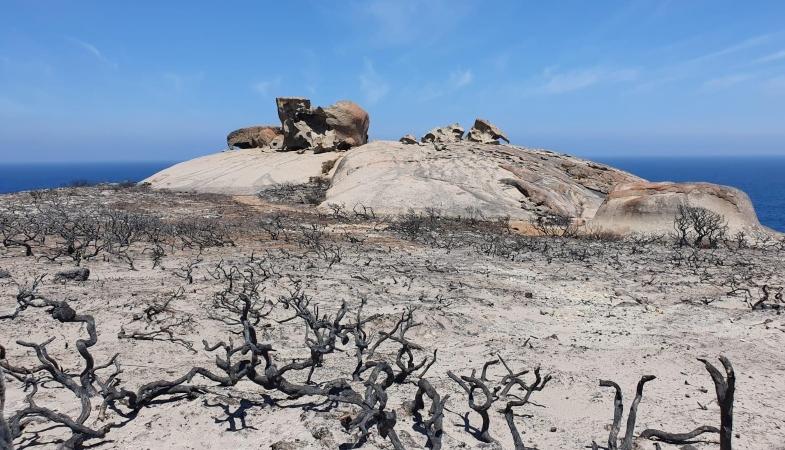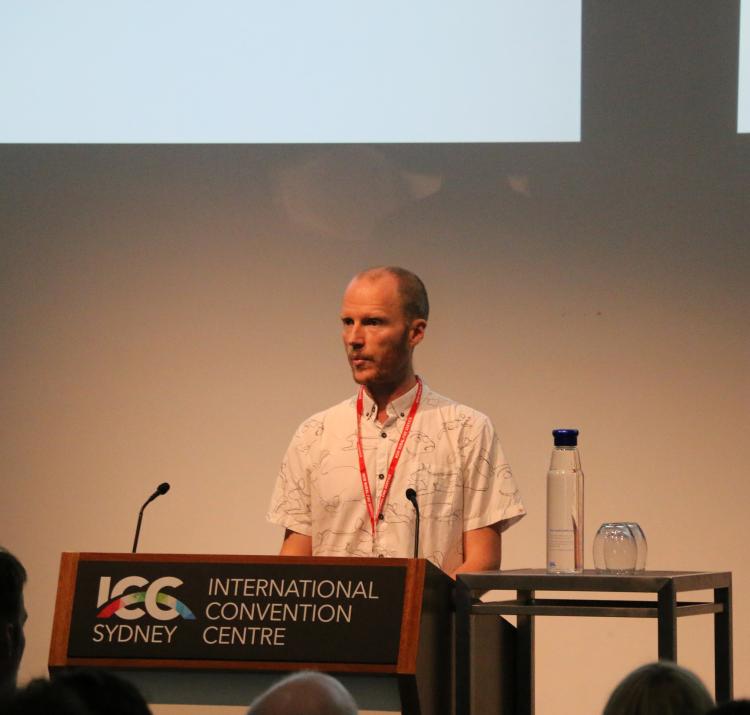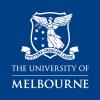Research leader
Research team
End User representatives
This project has been split into three streams:
1. South Australia reconstructions - Dr Hamish Clarke, University of Wollongong
The bushfires in the Mt Lofty Ranges (MLR) (Cudlee Ck) and Kangaroo Island (KI) in South Australia have resulted in significant community and environmental impacts. Major revisions of Fire Management Planning for these two areas are now needed as required by the SA government. The MLR fire caused major social and economic impacts to a mixed agricultural landscape very close to Adelaide, generating significant public and political (SA) concerns. The KI fire has significantly impacted the Island community which relies heavily on nature-based tourism as part of its economy. This project stream ran risk analysis simulations in both landscapes and incorporated the output as a new landscape in the Prescribed Burning Atlas.
2. South Australia risk modelling - Dr Alex Filkov, University of Melbourne
Informed decisions around fire management now and into the future require an understanding of many complex interacting systems across space and time. Risk modelling provides a methodology for investigating alternative burning strategies, management scenarios and decisions. This stream provides a systematic method for assessing trade-offs between different management strategies, with estimates of risk across a range of values and asset types. The project delivered products that provide operational and management personnel with a better understanding of the bushfire risk in Kangaroo Island using “current” weather streams. These products include the modification, parametrisation and validation of FROST (Fire Regime and Operations Simulation Tool) for South Australia, prediction of biodiversity loss, and prediction of house and loss.
3. Reconstructing the Kangaroo Island bushfires using spatio-temporal clustering of BRIGHT hotspots - Dr Karin Reinke and Prof Simon Jones, RMIT University
It is possible that fire predictions over the Black Summer period on Kangaroo Island may be re-visited to explore the impact that adjusting input variables has on modelled predictions. In the absence of persistent empirical observations of the Kangaroo Island fires, high temporal resolution data available from geostationary satellites like Himawari-8 offers a spatial account of fire spread to be created. This project investigated how geostationary satellite earth observations can be used to reconstruct fire activity by collating available Himawari-8 imagery for processing of hotspots using the latest implementation of the BRIGHT algorithm, conducting a validation of hotspots to report estimates of confidence, and generating a spatial database of fire activity at nominated temporal intervals and aggregates.
| Year | Type | Citation |
|---|---|---|
| 2021 | Report | Risk mitigation from prescribed burning in Kangaroo Island and Mount Lofty Ranges - Black Summer final report. (Bushfire and Natural Hazards CRC, 2021). |
| 2021 | Report | Kangaroo Island Black Summer fire reconstruction. (Bushfire and Natural Hazards CRC, 2021). |



















